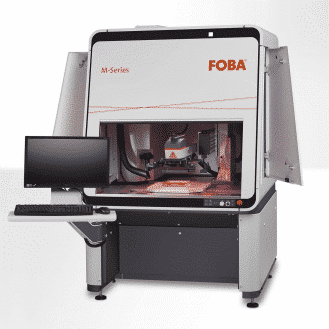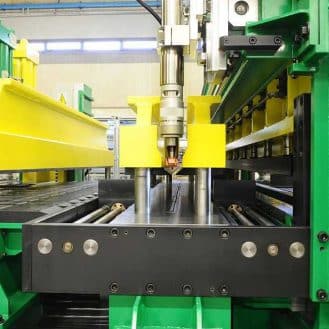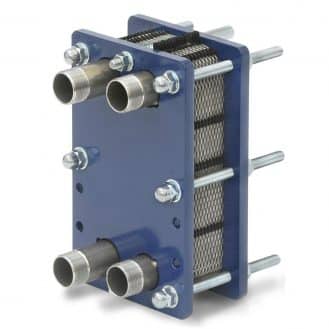
PREVOST spray gun
There are several types of spraying systems available, and it’s important to determine which one suits your needs before choosing a model.
Low-pressure electric guns
These guns have a small compressor and therefore only need an electrical power supply to operate.
They are mainly intended for occasional work on small surfaces.
Advantages:
- Lightweight and easy to handle, they are popular with DIY enthusiasts.
- Although very basic, they are very efficient and inexpensive.
- They do not require an external compressor to operate.
Disadvantages:
- They are only suitable for small surfaces.
- Heavy body paints (acrylic, glycerol) need to be diluted with water or white spirit.
Pneumatic or air guns
These use compressed air to spray paint and must be connected to an external compressor or compressed air network.
In terms of how the gun receives the paint, there are a few different options. In gravity fed and conventional suction fed paint guns, paint is transferred from a cup attached to the gun to the nozzle. Pressure fed guns receive the paint via a hose connected to a pump or pressurized tank.
Advantages:
- Inexpensive technology that has been tried and tested
Disadvantages:
- High fogging or misting effect (overspray created during application and deposited on unprotected surfaces)
HVLP and LVLP guns
HVLP guns
HVLP (high volume low pressure) guns spray paint at low pressures (around 0.7 bar) using a high volume of air (8.5-40 m3/h). Spraying is smoother with this type of gun than with conventional paint guns, resulting in less overspray, better adhesion of the paint to the surface, and less product waste.
HVLP guns are designed for small-scale work.
Advantages:
- They are very efficient.
- They provide a better finish than high-pressure guns.
- They produce little misting or overspray.
- They reduce paint waste and therefore save money.
- Since they produce less mist, they reduce pollution, make site clean-up faster, and limit toxic waste disposal costs.
Disadvantages:
- They are mainly suitable for small surfaces.
LVLP guns
LVLP (low volume low pressure) guns use less air volume and lower pressure than HVLP guns. They spray paint at low pressures but are not limited to 0.7 bar like HVLP guns.
Advantages:
- They provide better atomization than HVLP guns for products that are difficult to coat.
- They are suitable for water-based products.
- They spray faster.
- They provide a better finish.
- They use less air.
- They are more suitable for large surfaces.
Airless guns
These guns do not use compressed air at all. Spraying is achieved with an external high-pressure pump that forces the paint to pass at very high pressures (up to 300 bar) directly through a small orifice in the spray nozzle.
The pumps can be fed from a reservoir or draw the paint directly from a paint can.
Advantages:
- They are cost-effective.
- They are easy to handle and offer comfortable working conditions.
- They can be used to spray a variety of products (paint, varnish, acrylic, dispersion paint, latex, etc.).
- They are suitable for large paint jobs (buildings, naval equipment).
- They allow you to apply a lot of paint in a short time.
Aircoat or air-assisted guns
These are specially designed for spraying solvent-based products such as varnish. They combine the airless spraying method with medium pressure. They use a small amount of compressed air to spray, reducing paint waste.
Advantages:
- They reduce paint and air consumption.
- They provide better quality finishes.
- They can be used to spray small areas.










